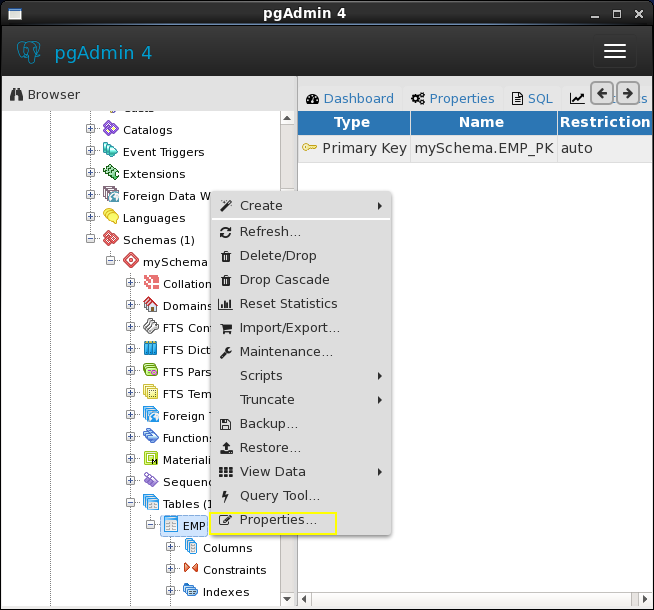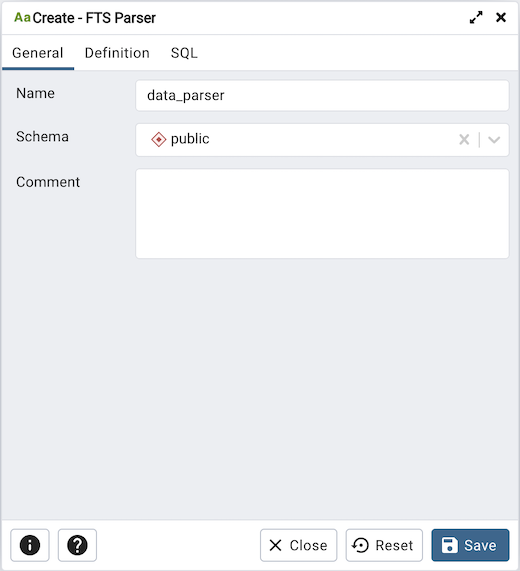
Let’s take some examples of removing a user from the database. Notice that if you attempt to delete the user SYS or SYSTEM, your database will corrupt. Note that Oracle does not drop roles created by the user even after it deletes the user. However, the materialized views can no longer be refreshed because the base table doesn’t exist anymore. If a table of the dropped user is referenced by materialized views in other schemas, Oracle will not drop these materialized views. If the schema objects of the dropped user are referenced by objects in other schemas, Oracle will invalidate these objects after deleting the user. If you specify the CASCADE option, Oracle will remove all schema objects of the user before deleting the user. All the objects that are present inside a. This is how a schema looks like in a pgAdmin tool.

By default, each database has one public schema. Views, indexes, sequences, data types, operators, and functions can also be included in a particular schema. Therefore, Oracle provides you with the CASCADE option. A PostgreSQL schema can be defined as a named collection of the tables inside that schema. If the user whose schemas contain objects such as views and tables, you need to delete all schema objects of the user first and then drop the user.ĭeleting all schema objects of the users first before removing the user is quite tedious. In this syntax, you need to specify the user that you want to drop after the DROP USER keywords.

Code language: SQL (Structured Query Language) ( sql )


 0 kommentar(er)
0 kommentar(er)
